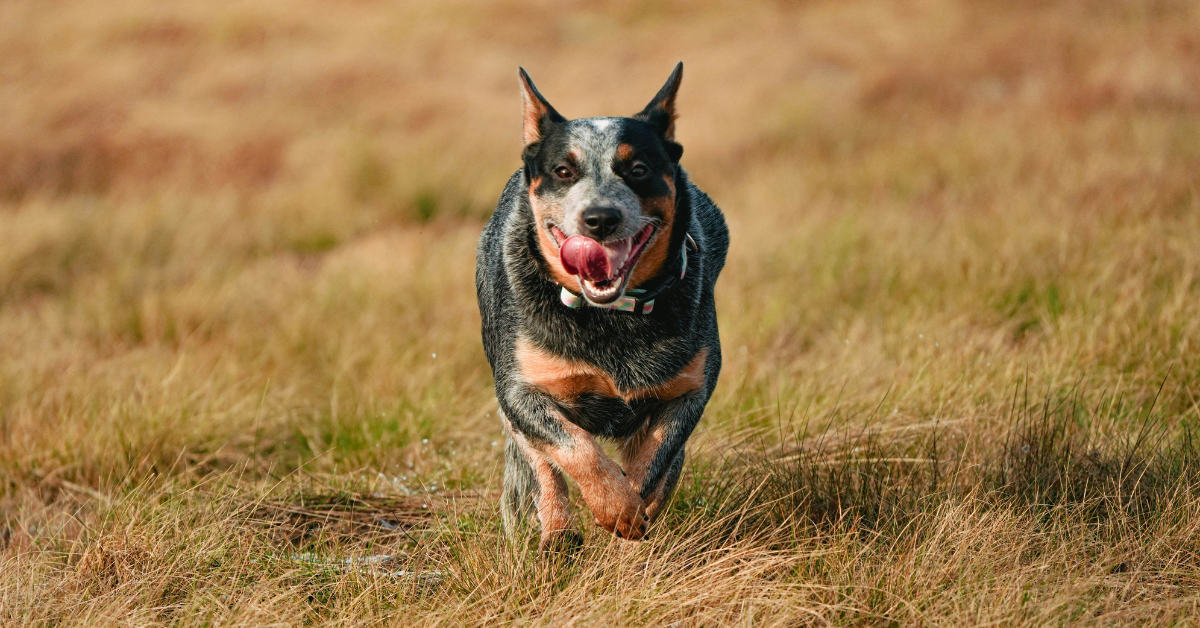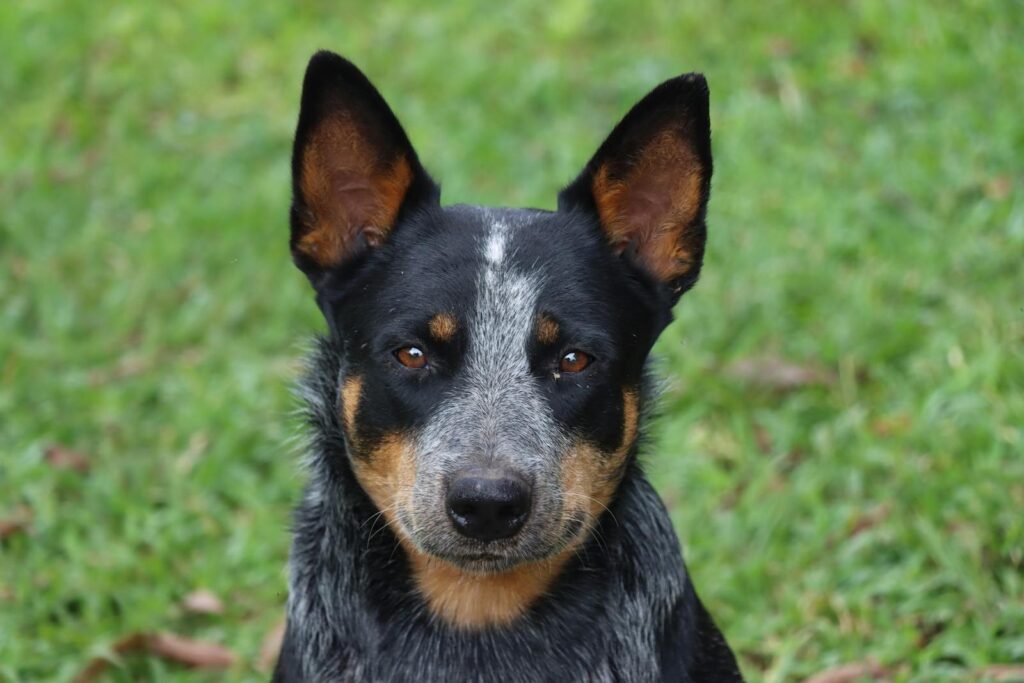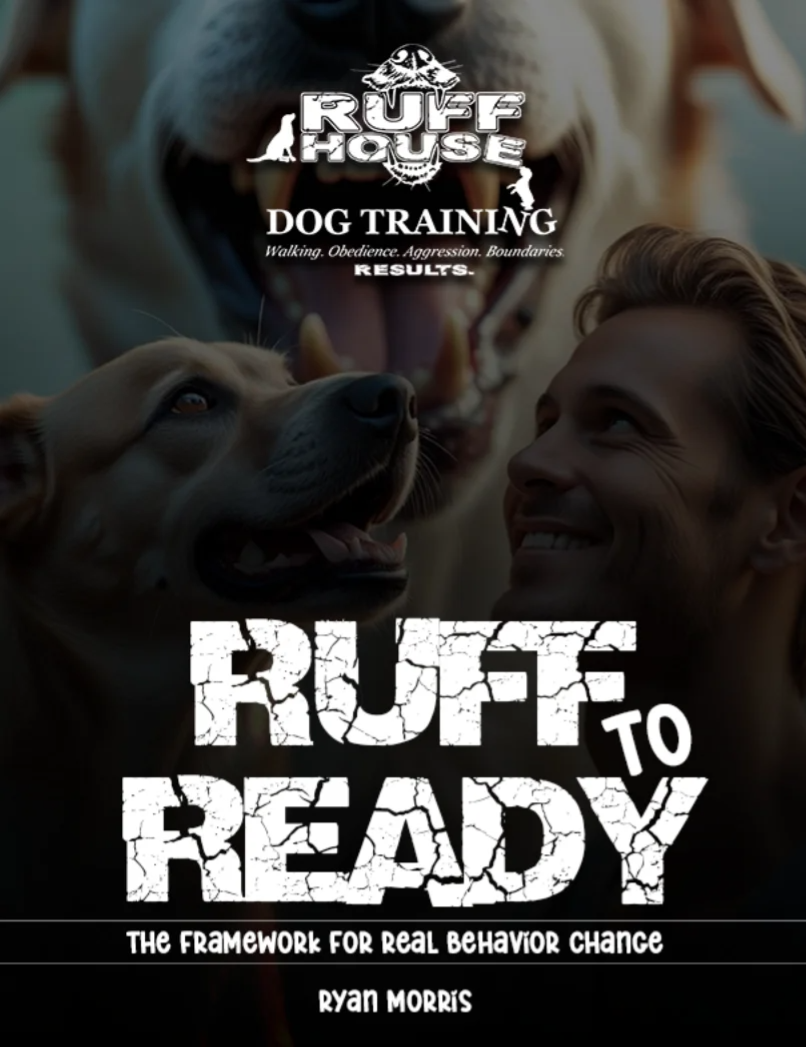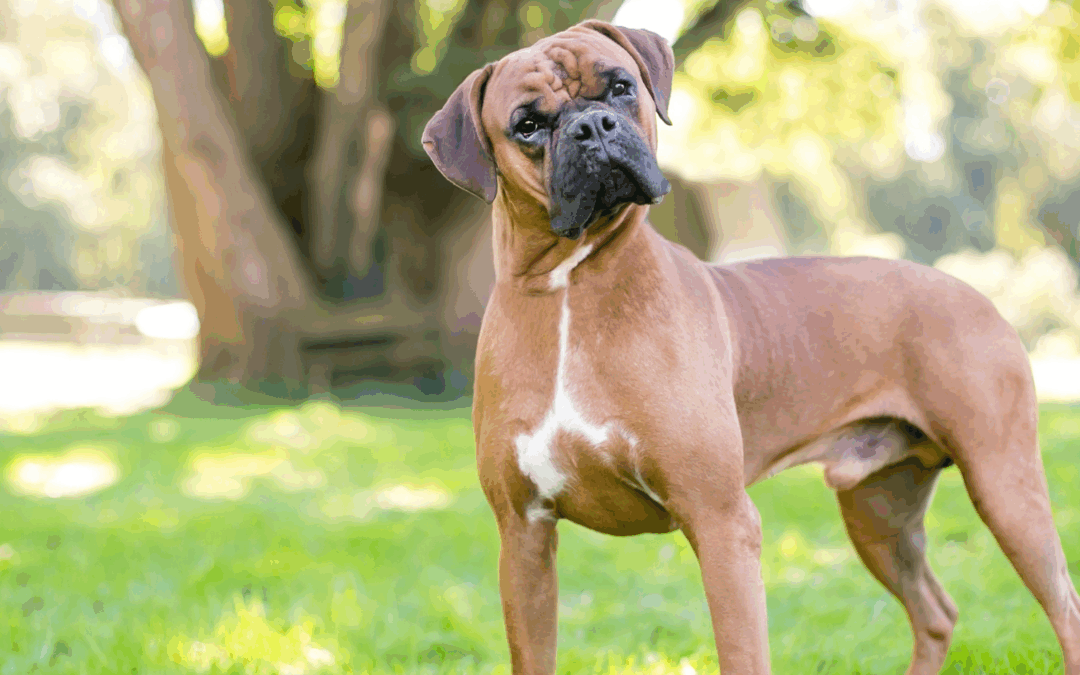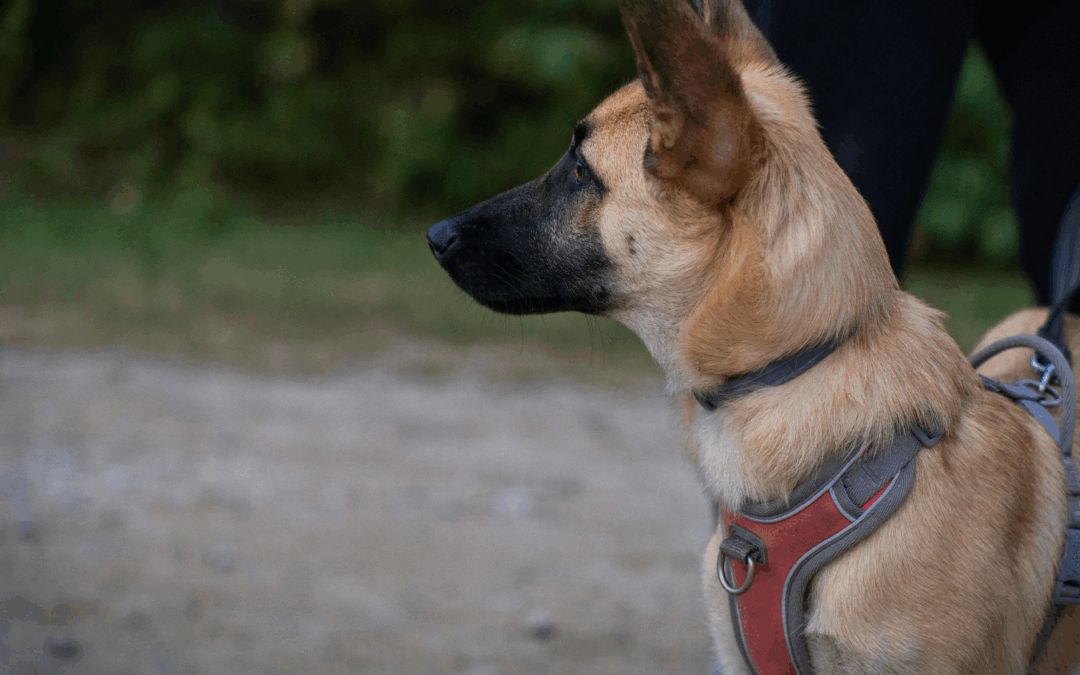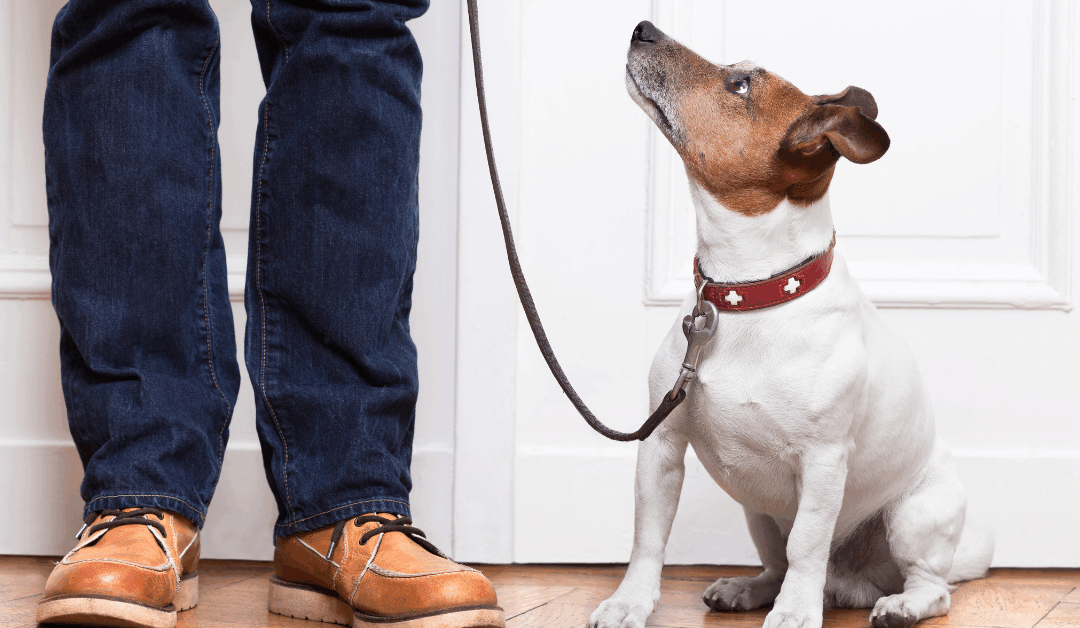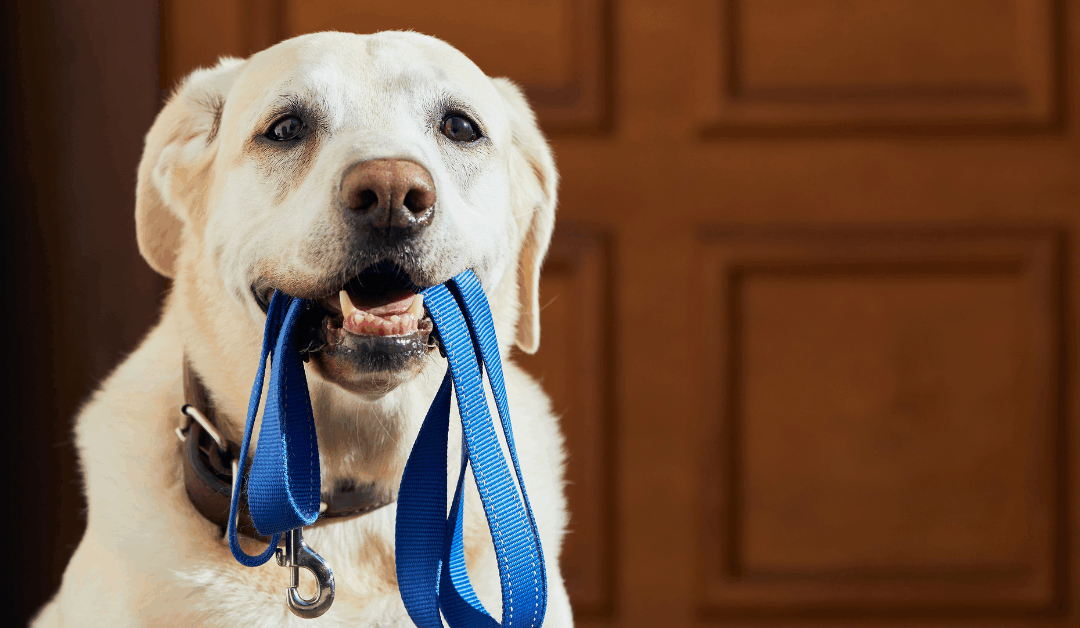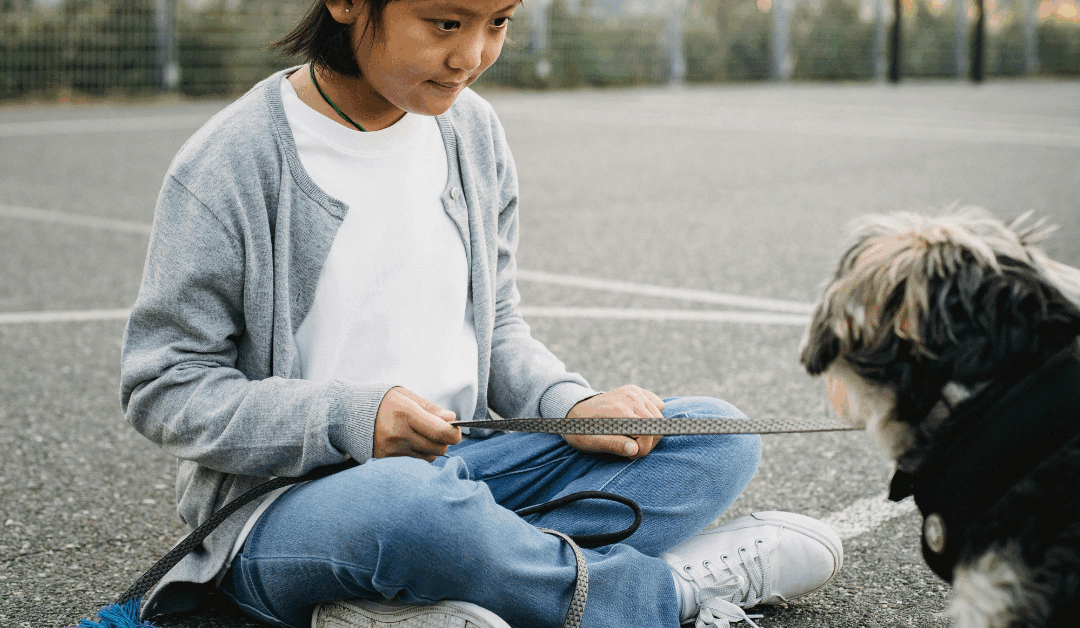If you’ve ever owned an Australian Cattle Dog, you already know this isn’t your average couch companion. These dogs are built to work, think, and outsmart you before breakfast.
Take one of our recent clients: a Blue Heeler named Scout who decided the neighborhood kids were cattle in desperate need of herding. Ankles were nipped. Chaos ensued. Her owner called us in a panic, worried Scout was “broken.”

Unlock Real Behavior Change – Download Your Free Guide Now
"*" indicates required fields
She wasn’t broken. She was brilliant. She just needed direction.
That’s the reality of living with an Australian Cattle Dog. Their intelligence, drive, and herding instincts make them incredible partners—but without structure, those same traits can turn your home into a three-ring circus. At Ruff House Dog Training, we’ve worked with hundreds of high-energy breeds, including Heelers, helping owners turn wild instincts into obedience, balance, and peace.
This guide will help you understand what makes Australian Cattle Dogs tick, why they do what they do, and how to channel all that energy into something you can actually live with.
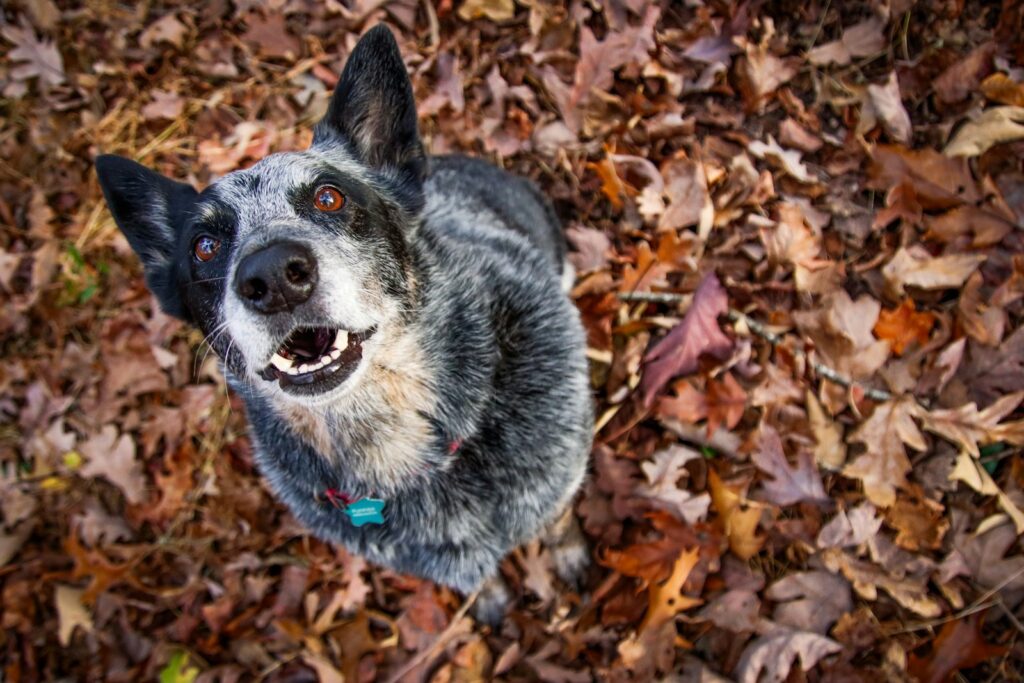
Photo by Alla Kemelmakher on Unsplash
Understanding the Australian Cattle Dog’s Heritage
Australian Cattle Dogs were bred in Australia for one purpose: herding cattle across vast, rugged terrain. They needed endurance, intelligence, and a fierce loyalty to their handler. Those traits haven’t gone anywhere.
Whether you call them Blue or Red Heelers, Queensland Heelers, or Australian Heelers, you’re talking about the same breed—just different coat colors. The breed is recognized by the American Kennel Club (AKC) and supported by the Australian Cattle Dog Club of America, which maintains the breed standard.
Here’s the thing: their energy isn’t bad behavior. It’s genetics. A Cattle Dog’s brain is wired to solve problems, anticipate movement, and stay ten steps ahead. When they don’t have a job to do, they’ll make one up—and you probably won’t like it.
The trick isn’t to stop their instincts. It’s to redirect them.
Is an Australian Cattle Dog a Good House Dog?
Yes—with the right structure.
Australian Cattle Dogs can absolutely thrive as family pets, but they need more than a backyard and a food bowl. They need mental stimulation, clear rules, and a sense of purpose. Without those things, you’ll end up with a dog who barks at shadows, herds your toddler, or redesigns your furniture.
These intelligent dogs do well with families, other dogs, and even kids—as long as they’re properly introduced and socialized. They’re loyal to their family members and can be incredibly affectionate once they trust you.
But they need jobs. Here are a few examples:
- Daily obedience drills (5–10 minutes of sit, stay, heel practice)
- Structured playtime with clear start and stop cues
- Short, focused walks or agility work
- Puzzle toys or scent games
At Ruff House, we teach a simple philosophy: structure creates freedom. When your dog understands the rules, they relax. And so do you.
Common Behavior Challenges in Cattle Dogs
Let’s talk about the behaviors that drive Cattle Dog owners up the wall.
Herding kids or nipping ankles. Your dog isn’t being mean—they’re doing what they were bred to do. Unfortunately, your five-year-old isn’t a cow.
Excessive barking or reactivity. Cattle Dogs are alert and protective. Without training, that translates to barking at every car, dog, and passing leaf.
Guarding behaviors. Toys, food, even furniture—some Heelers decide certain things are theirs and theirs alone.
Destructive boredom behaviors. Chewing, digging, counter-surfing. If your Heeler has ever rearranged your couch cushions or outsmarted your training plan, congratulations—you’ve got a genius.
These behaviors happen because of one thing: high intelligence + lack of boundaries. Your dog isn’t broken. They’re just bored, confused, or both.
The good news? These behaviors can absolutely be managed with structure and consistency.
Training That Works—Turning Energy into Obedience
Training an Australian Cattle Dog isn’t about breaking their spirit. It’s about giving them clarity.
At Ruff House Dog Training, we use clear communication, leadership, and confidence to help dogs understand what’s expected of them. No yelling. No fear. Just structure.
Here are our key programs:
The 90-Minute Miracle: A focused, high-impact session designed to jump-start behavior improvements. You’ll walk away with actionable tools you can use immediately.
Six-Week Obedience Program: For long-term transformation. This structured program tackles common issues like house-soiling, chewing, barking, and reactivity.
Custom Training Plans: Tailored to your dog’s energy, temperament, and specific challenges.
Practical Tips You Can Try at Home
- Structured obedience before play. Make your dog earn their fun. A quick “sit” or “down” before throwing the ball reinforces your leadership.
- Reward calm behavior, not chaos. Stop petting your dog when they jump on you. Wait until they’re calm, then give affection.
- Use mental enrichment. Puzzle toys, obedience drills, and scent work tire out your dog’s brain—and a tired brain is a calm brain.
When you channel their drive, you don’t just get a calmer dog. You get a true partner.
Blue Heeler vs. Australian Cattle Dog—What’s the Difference?
None. They’re the same breed.
The confusion comes from coat colors. Australian Cattle Dogs come in two main varieties: blue mottled (Blue Heeler) and red speckled (Red Heeler). Some dogs have tan markings. All of them are recognized under the same breed standard.
Color has no effect on temperament or intelligence. It’s all about personality, upbringing, and structure.
Setting Up for Success—Exercise, Grooming & Health
Australian Cattle Dogs are athletes. They need physical exercise (1–2 hours per day) and mental stimulation to stay balanced.
Exercise: Long walks, runs, fetch, or agility training. Without it, expect chaos.
Grooming: Their double coat sheds, especially during seasonal changes. Regular brushing keeps things manageable.
Health: Regular vet visits and a healthy diet are essential. Cattle Dogs are generally robust, but responsible breeding and proper care go a long way.
Don’t forget: mental exercise matters as much as physical exercise. Obedience drills, scent games, and “jobs” around the house keep their brilliant brains engaged.
A tired dog is a trained dog.
Real Results—Ruff House Success Stories
We recently worked with a reactive Cattle Dog named Max. He lunged at every dog on the street, barked at guests, and turned walks into wrestling matches.
After one 90-minute session, Max’s owner could walk him past other dogs without a single bark. By the end of six weeks, Max was greeting visitors calmly and waiting patiently at the door.
That’s not luck. That’s structure.
One of our clients, Matt Howard, said it best: “Ryan helped me with my dog’s fear/nervous aggression after a biting incident. I could see the improvement in the 90-minute session. My kids and I can easily implement the tools he taught us.”
Another client, Jessica D., shared, “For the first time in my dog’s life, she stopped lunging at another dog when walking past them—in just one session.”
We also offer unlimited post-session support, which is rare in the dog training industry. When issues pop up, we’re just a phone call away.
Helpful Resources and Websites for Australian Cattle Dogs and Similar Breeds
- American Kennel Club – Australian Cattle Dog
A detailed resource by the American Kennel Club offering information on the Australian Cattle Dog’s history, characteristics, breed standard, and care tips. - Australian Cattle Dog Club of America (ACDCA)
The official site of the ACDCA provides resources on breed standards, training, health, and connecting with breeders and enthusiasts. - Dogtime – Australian Cattle Dog
A guide featuring breed overviews, personality traits, training needs, grooming tips, and common health issues. - The Cattle Dog Central
Dedicated to cattle dogs, this resource offers articles, forums, and guidance on training, health care, and living with these high-energy dogs. - RSPCA Australia – Dog Care Guides
A comprehensive guide by the RSPCA on how to care for dogs in general, with relevant tips for active and intelligent breeds such as the Australian Cattle Dog. - The Spruce Pets – Australian Cattle Dog Breed Information
This site provides information about the breed’s personality, activity needs, and tips for first-time Australian Cattle Dog owners. - Petfinder – Adopt an Australian Cattle Dog
Petfinder allows you to search for adoptable Australian Cattle Dogs and similar breeds in your area, promoting responsible pet ownership and rescue efforts.
These resources are valuable for anyone wanting to learn more about Australian Cattle Dogs and similar active, intelligent breeds. From care guides to adoption, they cater to a variety of needs and interests.
Turning Chaos Into Confidence
Your Australian Cattle Dog isn’t broken. They’re brilliant. They just need the right direction.
Structure, patience, and a little humor go a long way. These dogs want to work with you—they’re just waiting for you to show them how.
If you’re ready to turn that herding energy into harmony, we’re here to help. No judgment. Just real solutions.
Let’s turn chaos into confidence. Schedule your 90-Minute Miracle today—because your dog won’t train himself.

